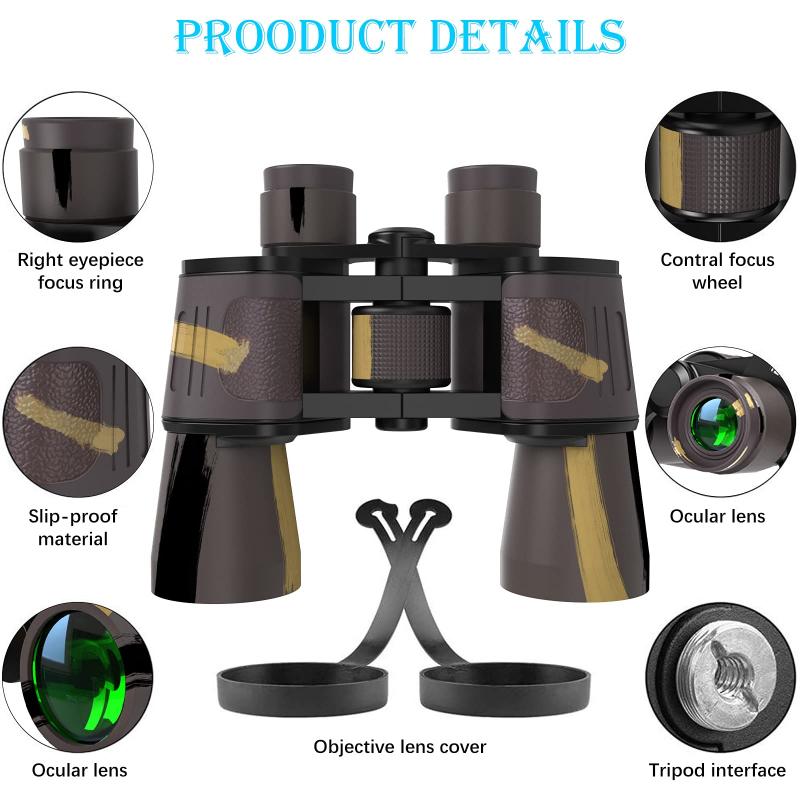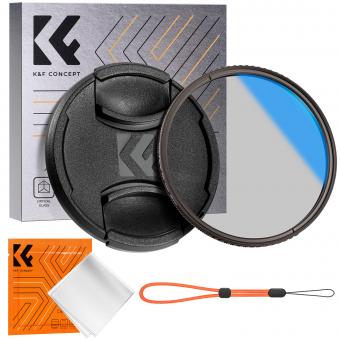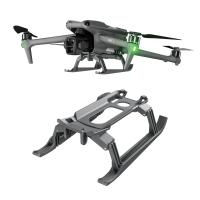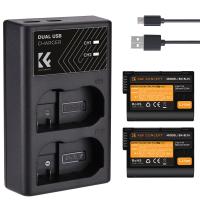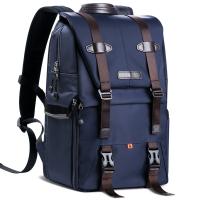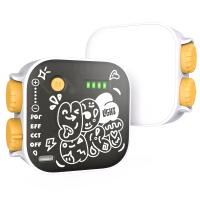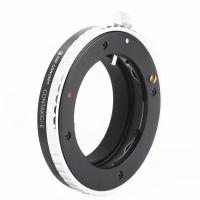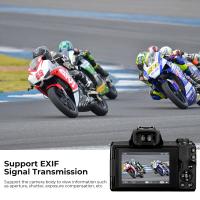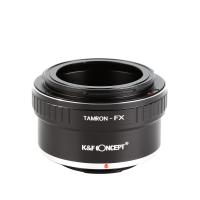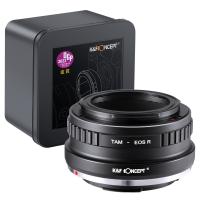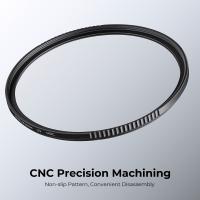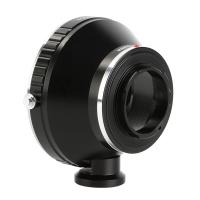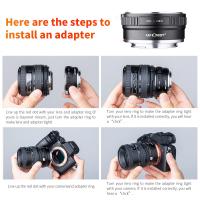Which Are The Best Binoculars To Buy ?
The best binoculars to buy depend on your specific needs and preferences. Some popular options include the Nikon Monarch 7, Zeiss Terra ED, Vortex Diamondback, and Swarovski EL. It is important to consider factors such as magnification power, objective lens diameter, field of view, and image quality when choosing binoculars. Additionally, consider the intended use of the binoculars, whether it is for birdwatching, stargazing, hunting, or general outdoor activities. Reading reviews and comparing different models can help you make an informed decision based on your requirements and budget.
1、 Optical Power and Magnification
When it comes to choosing the best binoculars to buy, there are several factors to consider, with optical power and magnification being two of the most important. Optical power refers to the quality and clarity of the lenses, while magnification determines how close the object appears when viewed through the binoculars.
In terms of optical power, it is recommended to look for binoculars with high-quality lenses that offer excellent light transmission and minimal distortion. Brands such as Zeiss, Swarovski, and Leica are known for their superior optics and are often considered top choices for serious birdwatchers, wildlife enthusiasts, and astronomers.
As for magnification, it is crucial to strike a balance between power and stability. Higher magnification may seem appealing, but it can also result in a narrower field of view and increased image shake. For general use, a magnification of 8x to 10x is often recommended. However, if you require binoculars for long-distance viewing or specialized activities like stargazing, you may opt for higher magnification, such as 12x or 15x.
It is worth noting that the latest advancements in binocular technology have introduced image stabilization features, which can greatly enhance the viewing experience by minimizing hand tremors and vibrations. This technology is particularly beneficial for those who enjoy observing distant objects or for individuals with unsteady hands.
Ultimately, the best binoculars to buy will depend on your specific needs and budget. It is advisable to try out different models and brands before making a purchase to ensure a comfortable fit, ease of use, and optimal optical performance. Additionally, reading reviews and seeking expert advice can provide valuable insights into the latest advancements and trends in the binocular market.
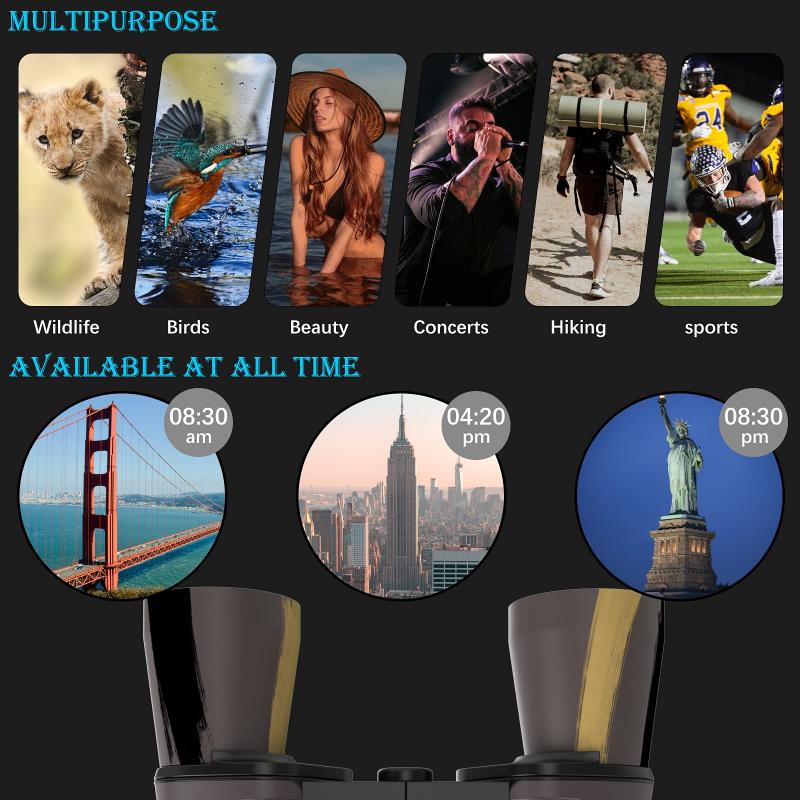
2、 Lens Diameter and Light Gathering Capacity
When it comes to choosing the best binoculars to buy, two important factors to consider are lens diameter and light gathering capacity. These factors play a crucial role in determining the quality of the image you will see through the binoculars.
Lens diameter refers to the size of the objective lenses at the front of the binoculars. The larger the lens diameter, the more light it can gather, resulting in a brighter and clearer image. Generally, binoculars with a lens diameter of 42mm or larger are considered ideal for most outdoor activities, including birdwatching, wildlife observation, and stargazing.
Light gathering capacity is closely related to lens diameter. It determines how well the binoculars perform in low-light conditions. Binoculars with a higher light gathering capacity will provide better visibility in dimly lit environments, such as during dusk or dawn. This is particularly important for activities like wildlife observation or astronomy, where lighting conditions may not always be optimal.
In terms of the latest point of view, advancements in technology have led to the development of binoculars with improved lens coatings and materials. These advancements have resulted in better light transmission and image quality, even with smaller lens diameters. Therefore, it is possible to find binoculars with a lens diameter of 32mm or 42mm that offer excellent performance in terms of light gathering capacity.
Ultimately, the best binoculars to buy will depend on your specific needs and preferences. Consider the activities you will be using them for, the lighting conditions you expect to encounter, and your budget. It is also recommended to read reviews and seek expert advice to ensure you make an informed decision.
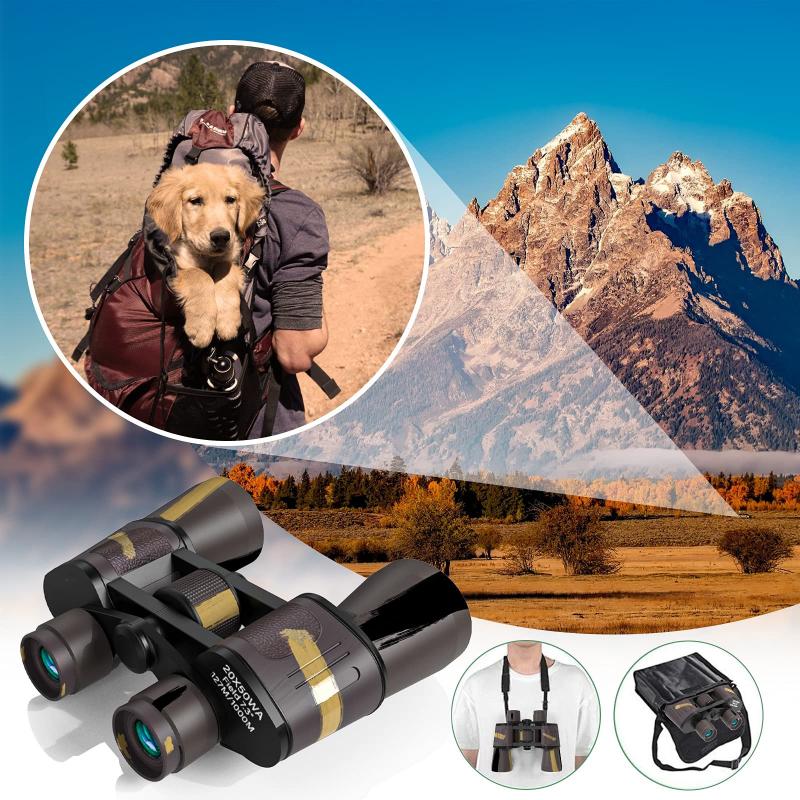
3、 Field of View and Image Stability
When it comes to choosing the best binoculars to buy, two important factors to consider are the field of view and image stability. These aspects greatly impact the overall viewing experience and can make a significant difference in your observations.
Field of view refers to the width of the area that can be seen through the binoculars at a specific distance. A wider field of view allows you to see more of the surrounding environment, making it easier to track moving objects or observe a larger area at once. This is particularly important for activities such as birdwatching, wildlife observation, or sports events where quick movements need to be followed.
Image stability is crucial for obtaining clear and steady images, especially when observing distant objects or using higher magnification. Binoculars with good image stability will minimize hand shake or vibrations, resulting in a sharper and more enjoyable viewing experience. This is particularly important for activities such as stargazing or long-distance nature observation.
When it comes to the latest point of view, technological advancements have led to the development of binoculars with improved field of view and image stability. Manufacturers are constantly striving to enhance these features by incorporating image stabilization technology, high-quality optics, and ergonomic designs.
Some popular binocular models known for their excellent field of view and image stability include the Swarovski EL Range, Zeiss Victory SF, and Nikon Monarch HG. These binoculars offer wide fields of view, exceptional image stabilization, and high-quality optics, ensuring a remarkable viewing experience.
Ultimately, the best binoculars to buy will depend on your specific needs and preferences. It is recommended to try out different models and consider factors such as magnification, objective lens size, and overall comfort before making a decision.

4、 Prism Type and Image Quality
When it comes to choosing the best binoculars to buy, two important factors to consider are the prism type and image quality.
Prism Type: Binoculars typically use either roof prisms or Porro prisms. Roof prisms are more compact and lightweight, making them ideal for outdoor activities like birdwatching or hiking. They also tend to be more expensive due to their complex design. On the other hand, Porro prisms offer better depth perception and wider field of view, making them a popular choice for activities like stargazing or wildlife observation. They are generally more affordable than roof prisms.
Image Quality: The image quality of binoculars is determined by factors such as lens coatings, magnification, and objective lens diameter. High-quality lens coatings, such as fully multi-coated or phase-corrected coatings, can enhance image brightness, clarity, and color fidelity. Higher magnification allows for greater detail, but it can also make the image shakier, so it's important to consider the stability of the binoculars. A larger objective lens diameter allows more light to enter the binoculars, resulting in brighter images, especially in low-light conditions.
As for the latest point of view, advancements in technology have led to the development of binoculars with improved image stabilization, allowing for steadier views even at higher magnifications. Additionally, some binoculars now come with built-in digital cameras, enabling users to capture photos or videos directly through the binoculars.
Ultimately, the best binoculars to buy will depend on your specific needs and preferences. It's recommended to try out different models and brands, considering factors like prism type and image quality, to find the binoculars that suit you best.
